At the height of the pandemic, the wildlife photographers Lea Milde and Anskar Lenzen knew they had to find a way to give back to animals and the people advocating on their behalf. In response to the crisis, they put together their first-ever public calendar, with 100% of the proceeds going to Merazonia, a wildlife rescue and rehabilitation center in the Ecuadorian rainforest. Threatened by deforestation and the illegal pet trade, the animals at Merazonia get a second chance.
As public awareness about the threats facing animals—from the deforestation of tropical rainforests to the loss of sea ice in the Arctic—has risen, conservation photographers have emerged as some of our planet’s most influential advocates. At the same time, the photography community has spoken out about the importance of developing and following ethical practices and guidelines, without doing harm to animals and their surrounding environments. In this guide, we’ll take a closer look at what ethical wildlife photography means.
Tip #1: Research the species—and the ecosystem
As a wildlife photographer, you’re entering someone else’s space, so it’s important to do your homework not only on the animal you’ll be documenting but also any other species who live in the area. “Treat all animals equally,” the 500px team urges. “An action that might not be of harm to a fox you’re photographing might interfere with a bird that shares the same habitat.”
Conduct research online, check out books, and consult experts on the location and species. These experts can be fellow photographers, ecologists, or conservationists. If you’re working in a national park, hiring a local guide can go a long way. This kind of in-depth research will shape how to work with wildlife and can lead to lifelong passions down the road.
When Lea Milde first embarked on her journey as a wildlife photographer, she earned a degree in wildlife management, research, and conservation; since then, she’s pursued a Master of Science in wildlife ecology and management degree. The more you know about wildlife species, their habitats, and the threats they face, the better equipped you’ll be to photograph them.
Tip #2: Take care during nesting season
Research is doubly important during nesting season when animals are especially vulnerable and require more space. For example, when photographing the Great spotted woodpecker in Emsland, Germany, Anskar Lenzen knew that if humans got too close, the birds would stop feeding their young and avoid approaching the nest. “Every disturbance can have devastating consequences to either the parents or the babies,” the photographer explains.
Tip #3: Keep your distance
Anskar’s words of wisdom bring us right to our next tip: maintain a safe distance at all times. If you’re photographing in a protected area, follow the rules and stick only to the marked trails. In some places, drones can be very disruptive to wildlife. Make sure you’re permitted to photograph in the location, and bring your telephoto lens to capture those faraway moments in the wild.
It might go without saying, but never chase or crowd an animal. Wildlife photography requires patience and can’t be rushed. If you’re changing an animal’s behavior, you’re too close. Here’s where knowledge of the species proves critical, as you need to be able to recognize subtle signs of stress or anxiety. The 500px team puts it simply: “The life of the animal is more important than getting the shot.”
In addition to maintaining a physical distance, you can blend into your surroundings through the use of camouflage and photo blinds. Remote camera traps, like those developed and used by the photographer Will Burrard-Lucas, also offer unprecedented ways of photographing animals without ever entering their space. Take care to ensure that the placement is safe, ethical, and permitted; for example, avoid placing a camera trap in an area that blocks a den or a nest.
Tip #4: Leave no trace
When photographing in the wild, take care to leave your surroundings as you found them—or better. Avoid taking anything out with you or leaving anything in, such as food or trash. If you see trash left by others, pick it up and dispose of it.
(Another thing that’s easy to overlook—but critical to consider—is the use of flash in certain environments. In some cases, such as photographing nocturnal birds, flash can be harmful, so do your research.)
Tip #5: Steer clear of baiting
Baiting through the use of food or sounds is not ethical, as it disrupts the animal’s natural behavior and can alter their natural diets. In some places, habituating an animal to human contract through feeding can result in that animal being killed. In Grand Teton National Park, for instance, a fox was destroyed by park rangers after becoming habituated to humans. Cases have also been reported of wildlife approaching cars for food, putting these animals at risk of being killed on the road.
Tip #6: Keep it wild
Photographing wildlife in captivity raises a number of ethical concerns, the most important of which is the welfare of the animals. Game farms geared toward photographers, for example, are known to keep animals in cages and use food as bait. Some of these animals have never experienced the wild, having been bred and exploited for profit. Others have been stolen from their mothers and then sold to dealers. This is a cruel and unacceptable practice.
Of course, a major exception would be if you’re working with a reputable rescue or rehabilitation center, such as Merazonia in Ecuador, or organizations like the David Sheldrick Wildlife Trust in Kenya or Save the Chimps in the US. Legitimate sanctuaries put the welfare of the animals first. Keep in mind that anyone can call themselves a “sanctuary,” so it’s important to vet and research any place you plan to visit to verify their credentials. If you do photograph an animal in a sanctuary, be clear in your captioning about the circumstances.
Tip #7: Avoid manipulation
Staging is a big no-no in wildlife photography for two key reasons: first, it’s inhumane, and second, it’s misleading to the public. Avoid picking up, handling, or moving animals. “Posing” a wild animal is never okay, and neither is removing or displacing parts of their environment or habitat. Removing twigs or branches near a bird’s nest, for example, can very easily endanger that nest.
Beyond staging, photo manipulation can also be carried out during post-production through techniques such as compositing. While these practices aren’t necessarily unethical in and of themselves, it would be unethical to pass off a manipulated photograph as the “real thing.” Instead, it would need to be captioned as a manipulation, making it clear that it is a work of art and would not qualify as traditional wildlife photography.
A related issue would involve the inclusion of dead or stuffed animals, which should always be clearly captioned. One high-profile incident happened in 2018, when an image was disqualified from the Natural History Museum’s Wildlife Photographer of the Year competition after it was determined that it was highly likely to have featured a taxidermied animal.
Tip #8: Protect your subjects
In recent years, the topic of geotagging has made its way into wildlife photography circles, with concern rising over the potential for poachers to use that information to track animals. The final piece of the ethics puzzle often comes down to where and how you share your images: if sharing the location of an animal would put her at risk, from poachers or even the uninformed and curious public, keep it to yourself.
Finally, if you see your fellow photographers overstepping ethical boundaries, politely educate or inform them or report them to the authorities. Be respectful of other photographers in the field and cultivate a spirit of community and learning.
Educating ourselves and others is the first step toward developing and normalizing humane photography practices. Model ethical behavior, and become an example that other animal lovers and photographers can follow. Over time, you might develop a personal guide to ethical wildlife photography, based on your experience in the field. Share it with others, and use your work as a platform to amplify conservation efforts close to your heart.
Not on 500px yet? Sign up here to explore more impactful photography.

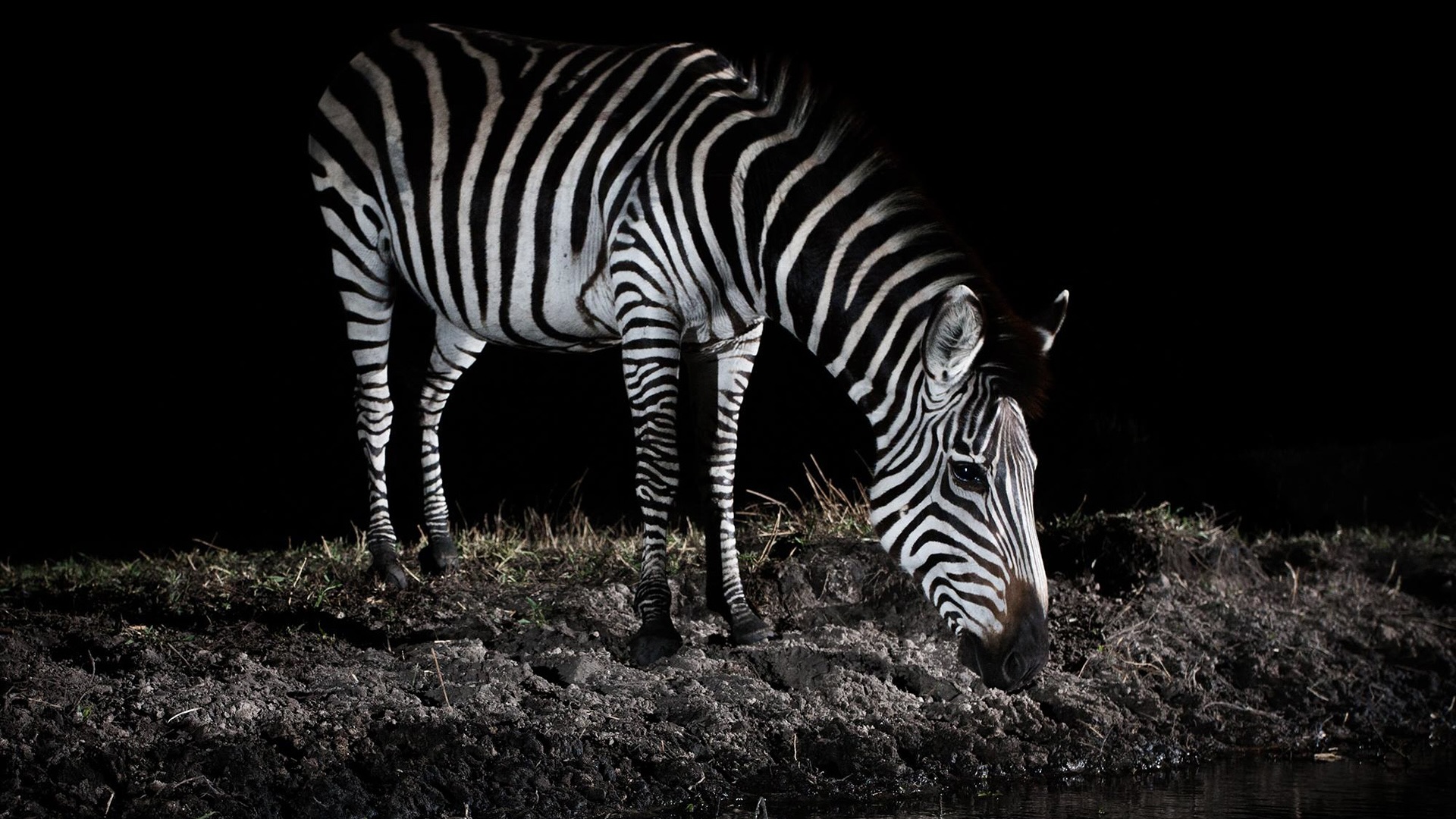
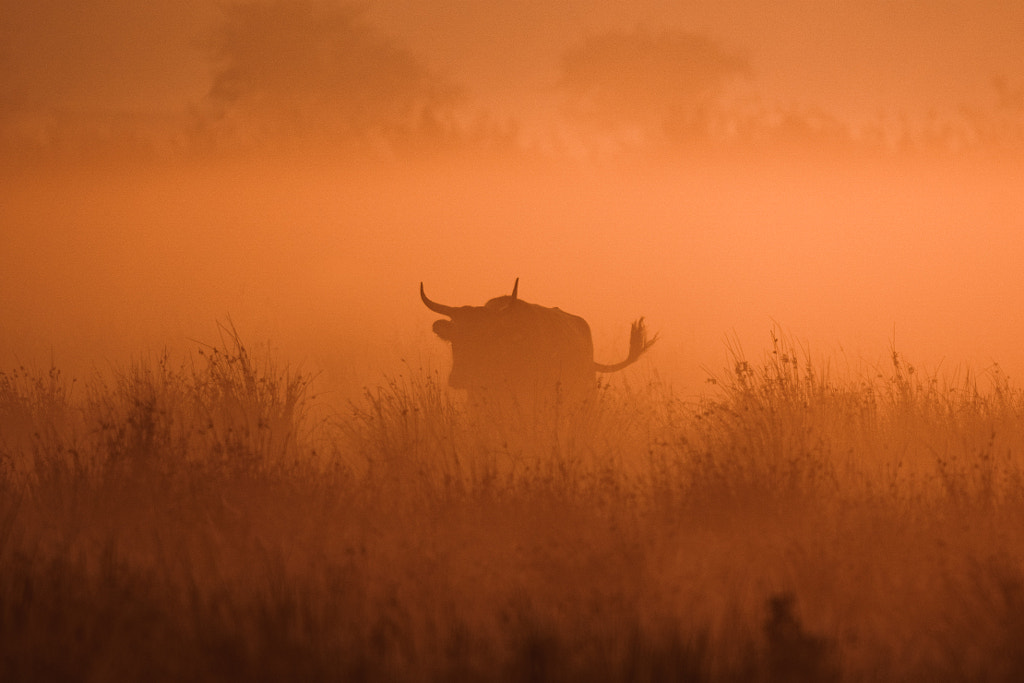

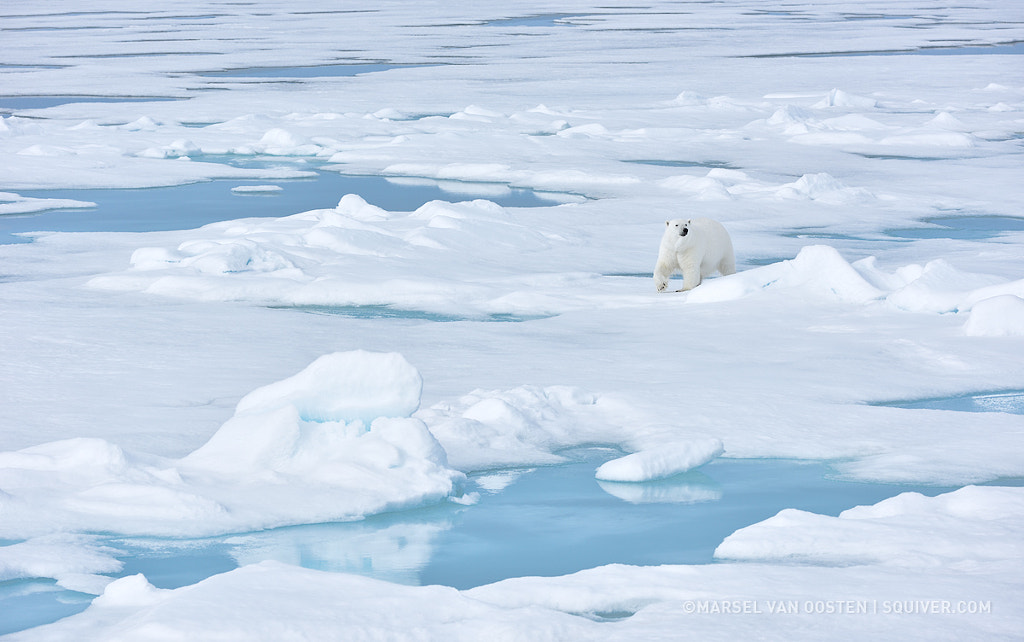
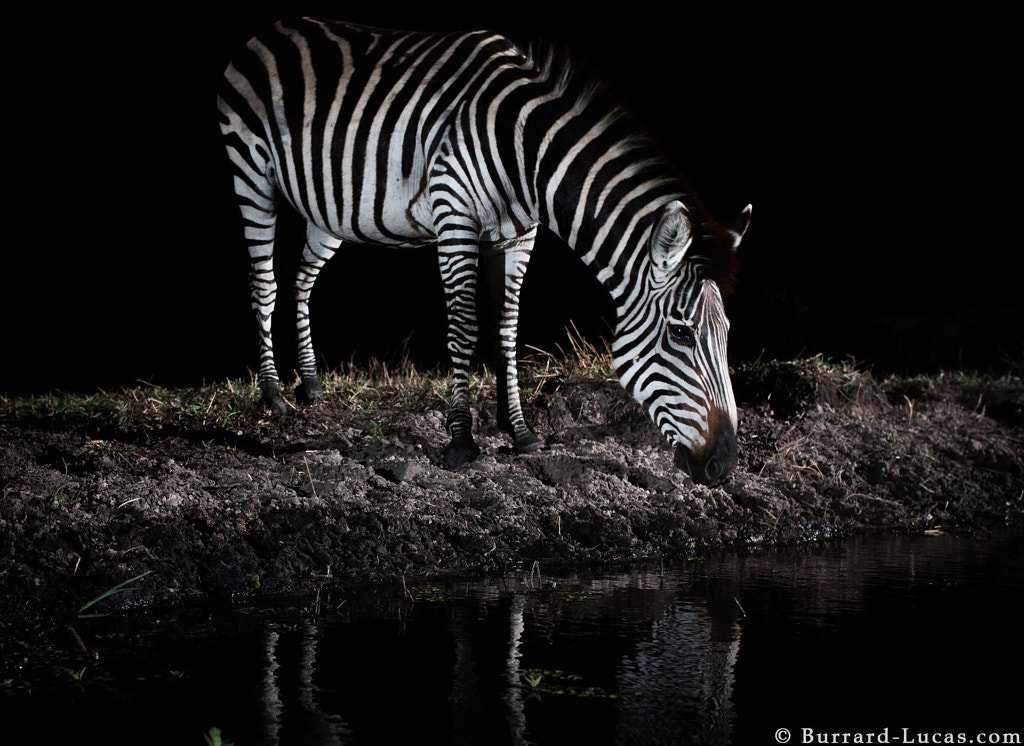


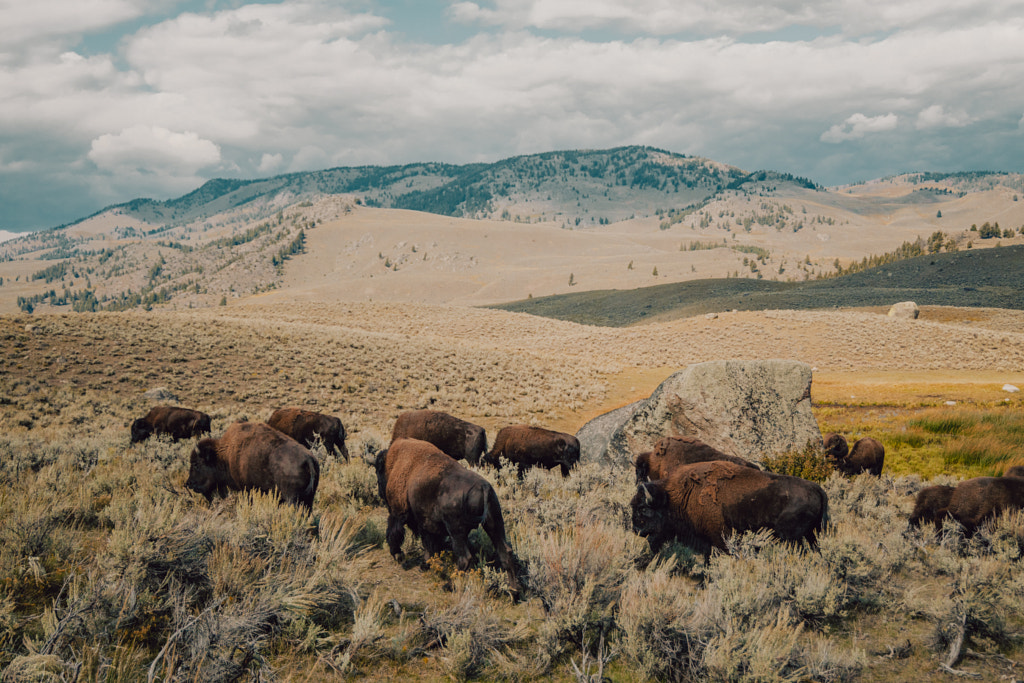
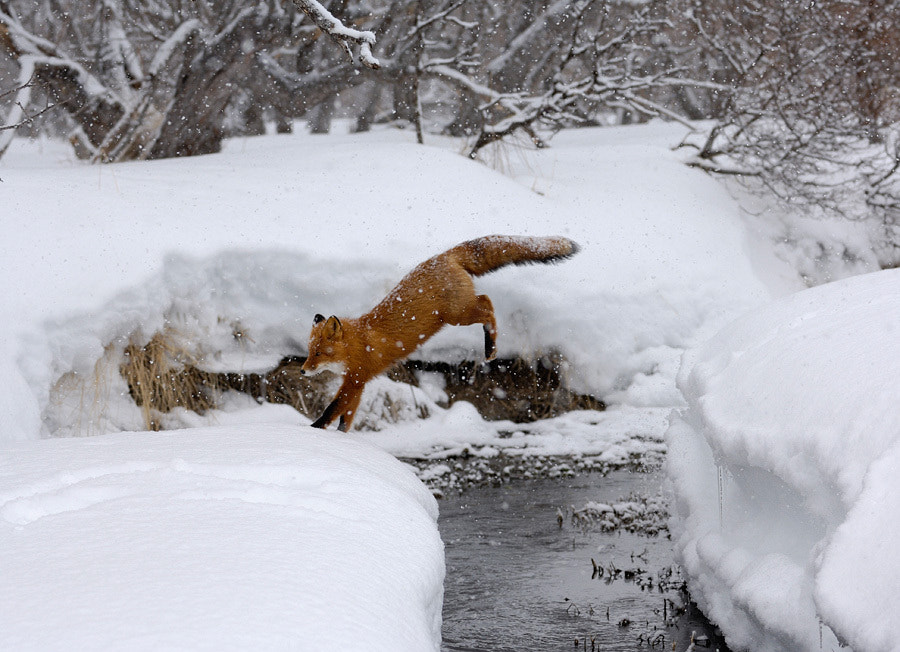



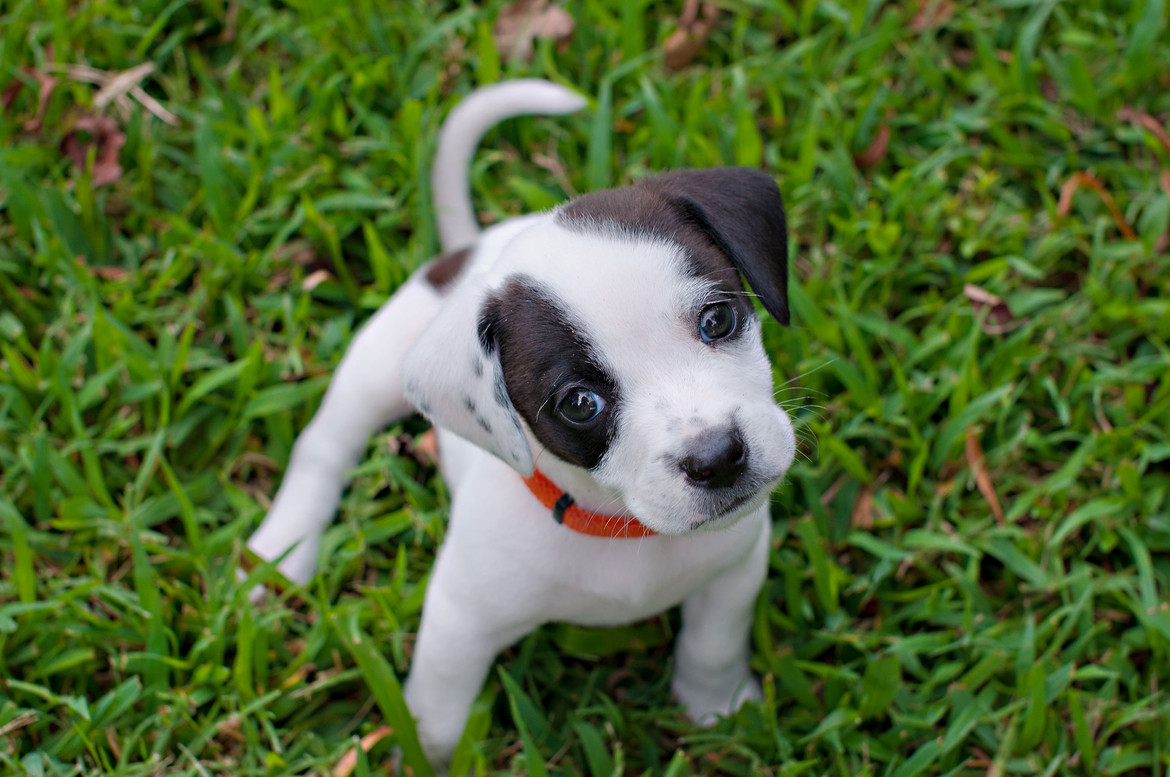
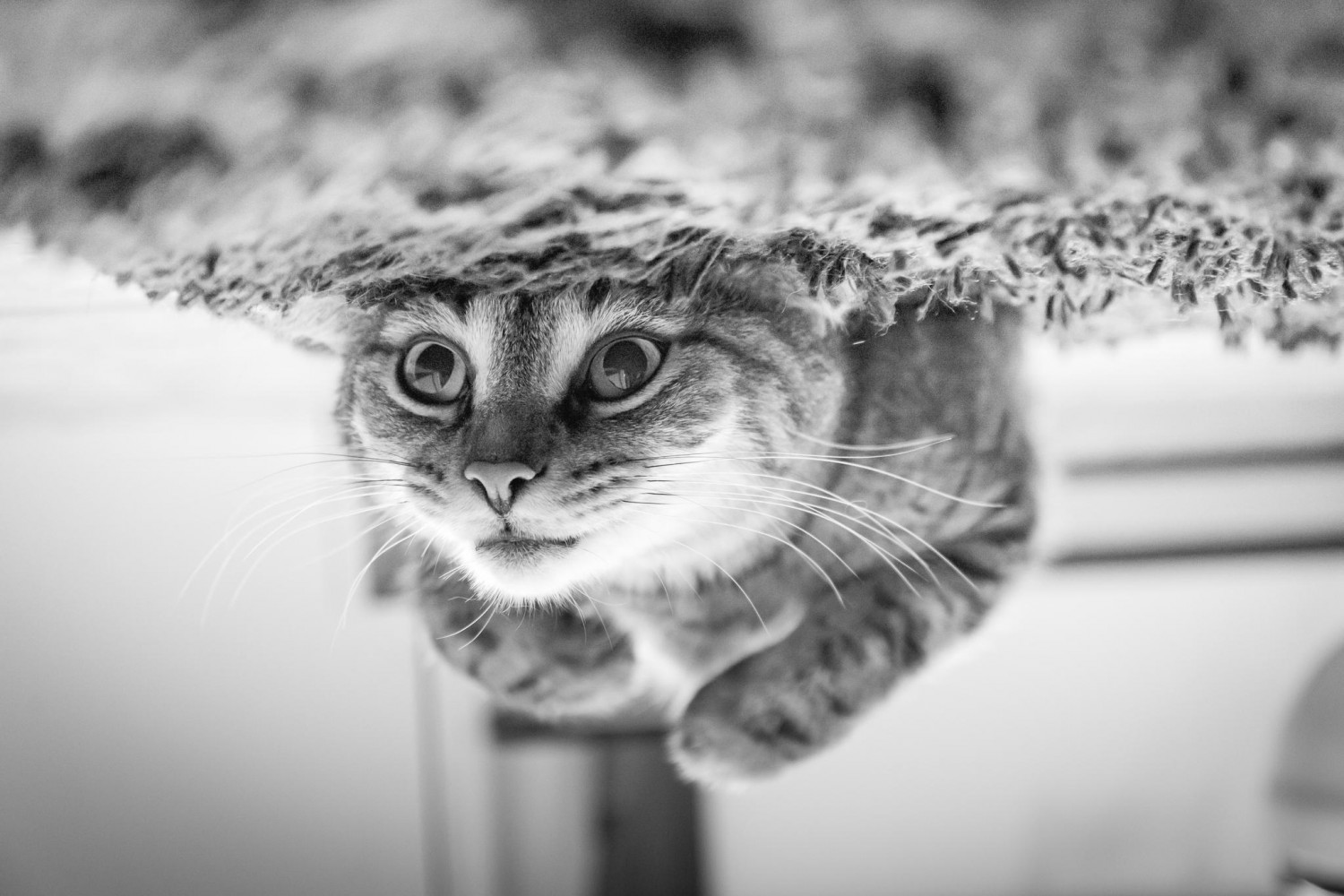
Leave a reply